April 15, 2025 | 17:54 GMT +7
April 15, 2025 | 17:54 GMT +7
Hotline: 0913.378.918
April 15, 2025 | 17:54 GMT +7
Hotline: 0913.378.918
According to a survey (2004), China has 8 species of sturgeon living in water abysses, all are listed for protection. Specifically, they include species with scientific identification and inhibition in the river basins such as Acipenser Sinensis, A. Dabryanus, and Psephurus gladius in the Yangtze, A. chrenckii and Huso Dauricus in the Amur, A. Baerii and A. Ruthenus in Irtish; A. Nudiventris in the ILi.
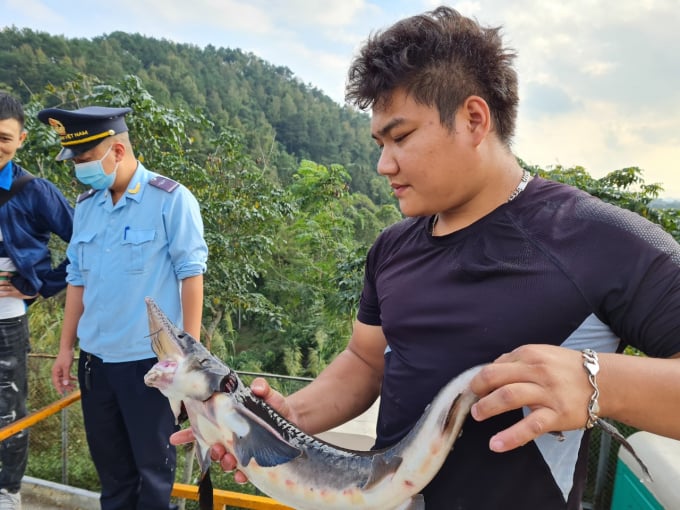
Checking Chinese sturgeon imported into Vietnam. Photo: Hoang Anh.
With the aim to regenerate sturgeon resources which have been degraded due to over-exploitation, China has for a long time conducted research on the sturgeon artificial reproduction by catching mature fish from rivers, stimulating them to spawn. The research has been successfully implemented on species A. Schrenckii since 1957, A. Sinensis since 1972, and A. Dabryanus since 1976, all of them were then released into natural water. However, it was not effective when being applied in mass aquaculture production in the following years.
Sturgeon farming has started to develop since the 90s of the last century, so China has imported eggs of some sturgeon species from other countries such as Russia, USA, Germany, France and Italy ... and provides breeds for commercial farms in the northern and central provinces. Later, the southern provinces also developed many sturgeon farms in ponds and cages of both natural and artificial water bodies.
In particular, China attaches great importance to hybrids between species. Currently, this country is using a total of 13 subjected species to create many hybrid lines for commercial production.
Common hybrid strains in China have been created by crossing the female of Huso Dauricus with the male of A. Schrenckii; the female of the species A. Schrenckii with the male of the species Huso Dauricus; the female of A. Baerii with a male of A. Schrenckii; the female of Huso huso with the male of A. Ruthenus; and some hybrids from other sturgeon species.
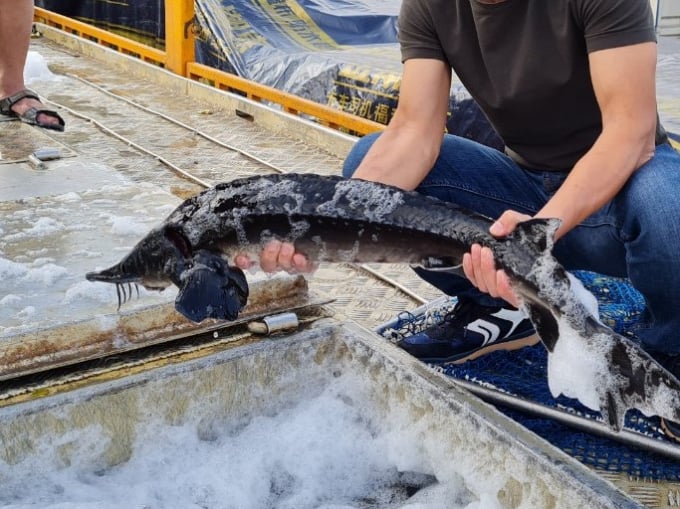
It is a high possibility that sturgeon breeds and fish entering Vietnam via different routes are hybrids. Photo: Hoang Anh.
China itself has admitted that it cannot control the crossbreeding of sturgeon species in previous years, which can lead to genetic contamination if the farmed fish are leaking.
China's farmed sturgeon production in 1998 reached 100 tons per year, in 2000 it increased to 2,000 tons, in 2003 it was 10,871 tons, in 2004 it was 11,269 tons, in 2005 it was 15,407 tons, in 2006 it was 17,424 tons, in 2007 it was 19,875 tons, in 2008 it was 20,152 tons and in 2009 was 21,000 tons. By 2017, the country's sturgeon production reached more than 90,000 tons. Thus, the output of Chinese sturgeon has increased more than 5 times in just 10 years, from 2007 to 2017.
Studies also show that the role of hybrids in commercial sturgeon farming in China is increasing continuously. According to 2002 statistics, the production of sturgeon A. Sinensis accounted for 42.1%, followed by Siberian sturgeon (A. Baerii) with 38%, hybrid strains with 15.8%, and other fish species with only 4.1%.
In 2009, the country’s output of Siberian sturgeon (A. Baerii) accounted for 48%, followed by hybrid lines with 38%, sturgeon A. Schrenckii with 15%, and other species with only 5%. By 2017, the hybrids set a special firm stand in production, accounting for 80% of farmed sturgeon in China. The other 10% belonged to Siberian sturgeon (A. Baerii) and the remaining 10% was A. Schrenckii.
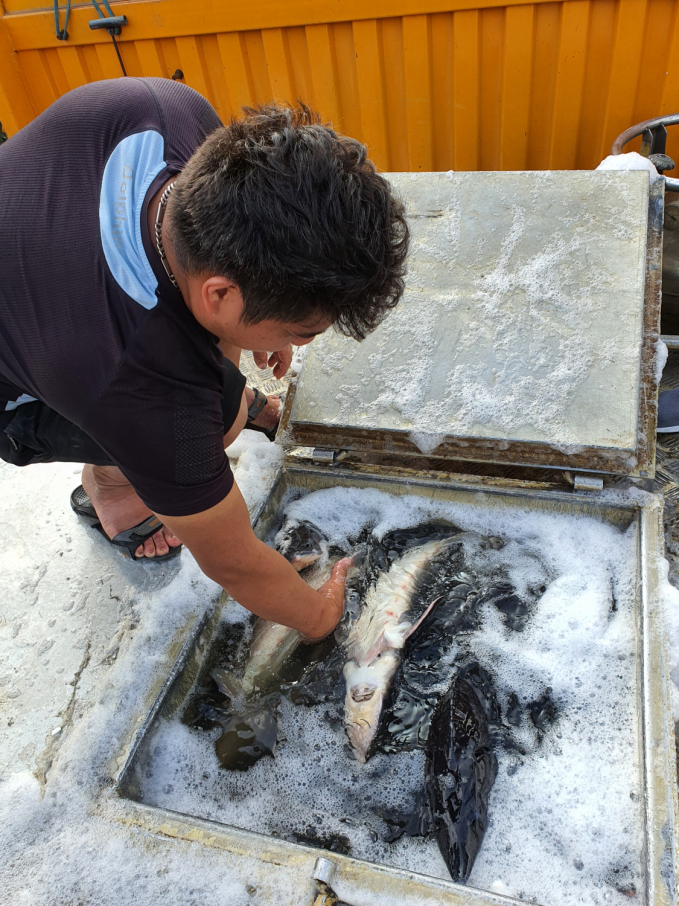
From July 23, 2020, to February 8, 2021, a total of 2,988 tons of sturgeon have been officially imported from China. Photo: Hoang Anh.
Since the sturgeon markets in China only consume sturgeon of 1 - 2 kg each, the price of meat of this fish has dropped sharply (likely due to a rapid increase in output) then stabilized at USD3.5 - 4.5/kg (even lower in some years) so Chinese sturgeon farmers try to increase the growth rate of farmed fish by using the hybrid advantages and food sources. With such measures, it is likely that fish raised within 10-12 months will reach a commercial size of 1-2kg.
In Vietnam, the demand for sturgeon has been quite high in recent years. Thus, the import of Chinese sturgeon breeds as well as its meat for domestic consumption is very large. The amount of breeds imported from China to Vietnam in 2020-2021 has almost dominated prominently when egg sources from European countries cannot enter Vietnam due to the Covid-19 pandemic. The amount of fish meat was also imported into Vietnam at a high volume.
According to statistics of the CITES Management Authority of Vietnam (Vietnam Administration of Forestry, Ministry of Agriculture and Rural Development), during the period from July 23, 2020, to February 8, 2021, enterprises have officially imported 2,988 tons of sturgeon from China.
In fact, demand to import breeds and fish for meat is very high, both through official and unofficial channels, even by smuggling as it has been reflected a lot by the media. It is highly possible that Chinese breeds and fish for meat imported into Vietnam by different routes are hybrid strains.
Translated by Linh Nguyen
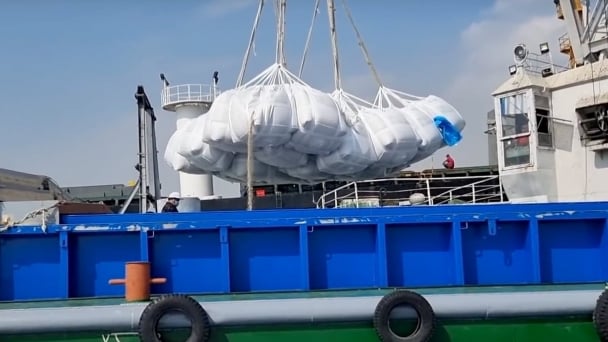
(VAN) The Philippines is making efforts to diversify its rice import sources in order to reduce its dependence on Vietnamese rice. However, Vietnamese rice has managed to maintain its strong position in this market.
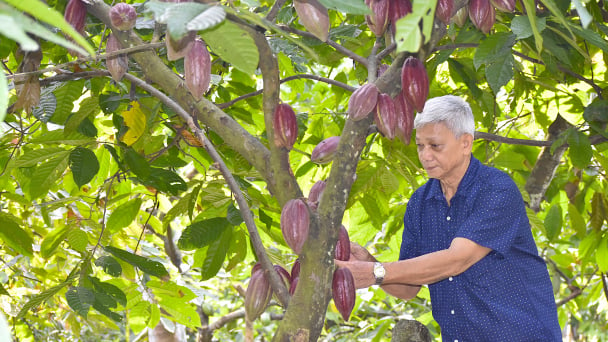
(VAN) In the Mekong Delta, cocoa has provided stable economic returns for many years. Recently, a surge in cocoa prices has created a strong incentive for farmers to expand their cultivation areas.

(VAN) Product quality, branding strategy, and technology innovation are key factors for Vietnamese bird’s nest to establish its foothold on the global map.

(VAN) KOCHAM Deputy President expects that Vietnam would accelerate innovation and development of bird’s nest-based products as a representation of Vietnamese culture.
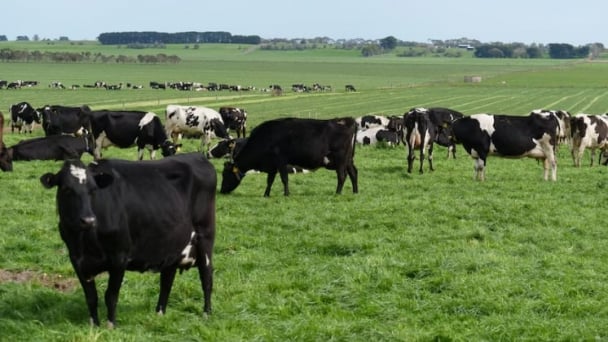
(VAN) Imported dairy products are weakening the local industry, according to dairy farmers and processors.

(VAN) April 10 marked a significant milestone for Vietnam's agricultural exports as Vietnamese pomelos officially became available at the Lotte Mart supermarket chain in South Korea.

(VAN) Vietnam is focusing on developing the legal framework and technical infrastructure for the carbon market, with committed support from global financial institutions.